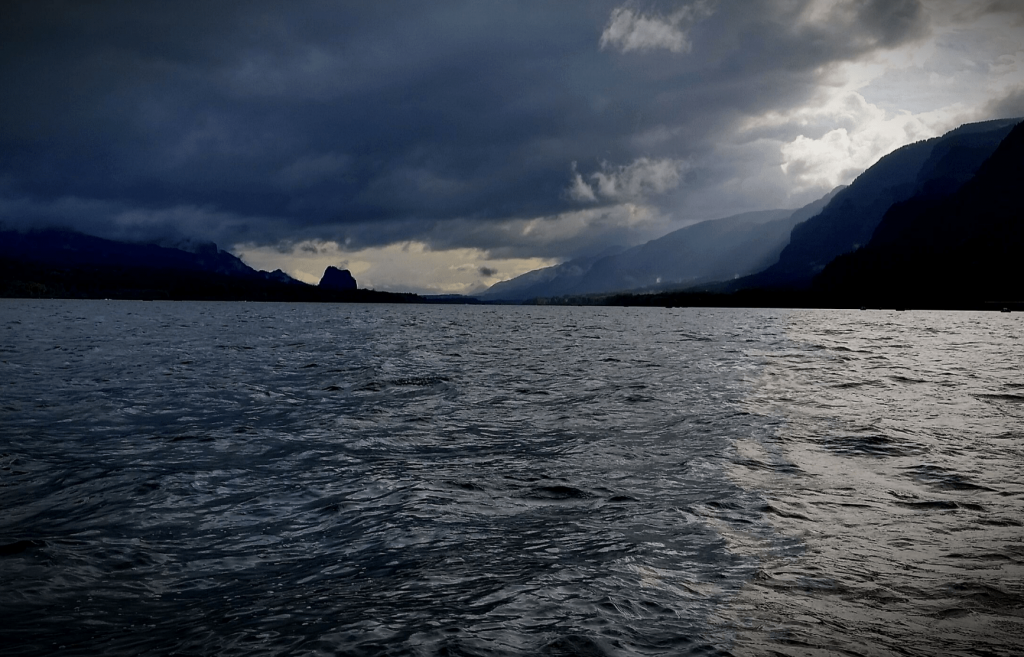WDFW Press Release On Commission’s Changes To Columbia Salmon Policies
Editor’s note: This morning the Washington Department of Fish and Wildlife’s Public Affairs division sent out a press release on the Fish and Wildlife Commission’s big vote Friday changing Columbia River salmon management policies.
Here’s what it says:
In the afternoon, the Commission in a 5-4 vote adopted amendments to its Columbia River Basin Salmon Management Policy (C-3620), which guides salmon fishery management in the Columbia and Snake rivers. The policy, which primarily addresses the sharing of fish and kinds of non-tribal fishing that can occur, was first adopted in 2013, and an extensive review of the policy began in 2018.

The policy provides allocation guidance for impacts to threatened or endangered fish populations after all conservation objectives are met, including objectives under the federal Endangered Species Act.
The updated policy language can be found at https://wdfw.wa.gov/sites/default/files/2020-09/columbia-river-policy-c3620-091120-revision.pdf.
Among some of the key changes to fisheries under the revised policy:
- Adoption of new conservation objectives for consideration of thermal angling sanctuaries, and increased scientific monitoring and guidelines for establishing goals for increased natural production. The new policy also calls for additional hatchery production and charges WDFW with increasing its efforts to develop and implement additional alternative gear types and a license reduction program for the commercial fishery.
- Upriver Spring Chinook: Under the original policy, 80 percent of allowable impacts were allocated to recreational anglers, with the remaining 20 percent allocated to the commercial fleet. The revised policy moves to an abundance-based allocation model, which is expected to average about 70 percent recreational and 30 percent commercial. At lower run sizes, such as those seen in recent years, the recreational allocation remains at 80 percent.
- In addition, the revised policy updates the spring Chinook allocation for the recreational fisheries below and above Bonneville Dam. Previously, 75 percent of the recreational impacts were allocated to fisheries below Bonneville, with the other 25 percent allocated above Bonneville. The revised policy changes this allocation to 70 percent and 30 percent, respectively, with the difference going to the Snake River.
- Summer Chinook downstream of Priest Rapids Dam: Similar to spring Chinook, the revised policy moves to an abundance-based allocation model, which is expected to average 70 percent recreational and 30 percent commercial. The original policy allowed for 80 percent of allowable impacts in the recreational fishery, 20 percent to commercial. Under the abundance-based model, the recreational allocation remains at 80 percent when abundance is lower.
- Fall Chinook: The original policy allocated no more than 80 percent of impacts to the recreational fishery, and no less than 20 percent to the commercial fishery. The revised policy updates these allocations to no more than 70 percent and no less than 30 percent, respectively, which aligns Washington policy with the current Oregon policy.

A more detailed comparison of key fishery differences between the policies can be found at https://wdfw.wa.gov/sites/default/files/2020-09/columbia-river-policy-comparison-091120.pdf.
In addition to allocation changes, the revised policy provides greater flexibility for managers to consider an array of commercial fishing gear types — such as large-mesh gillnets and alternative gears like seines, pound nets, and tangle nets — for potential use in the various seasons and areas of the river, with instructions to achieve concurrent regulations with Oregon and using the most selective gear available.


Columbia River fishing seasons are currently set through the end of 2020, and the new policy language will take effect beginning Jan. 1, 2021. With the revised policy as a guiding document, the Washington Fish and Wildlife Commission will move quickly to begin conversations with Oregon’s commission about working toward development of concurrent regulations for 2021 and beyond.
Editor’s note: Here is a link to our previous coverage

